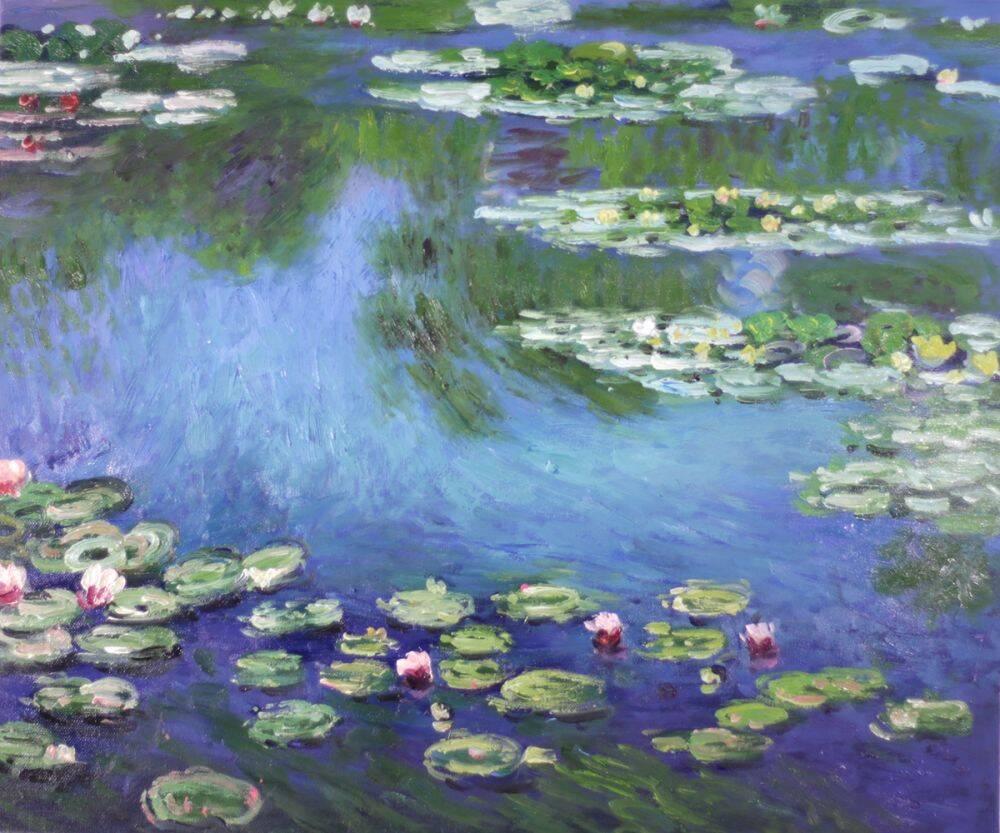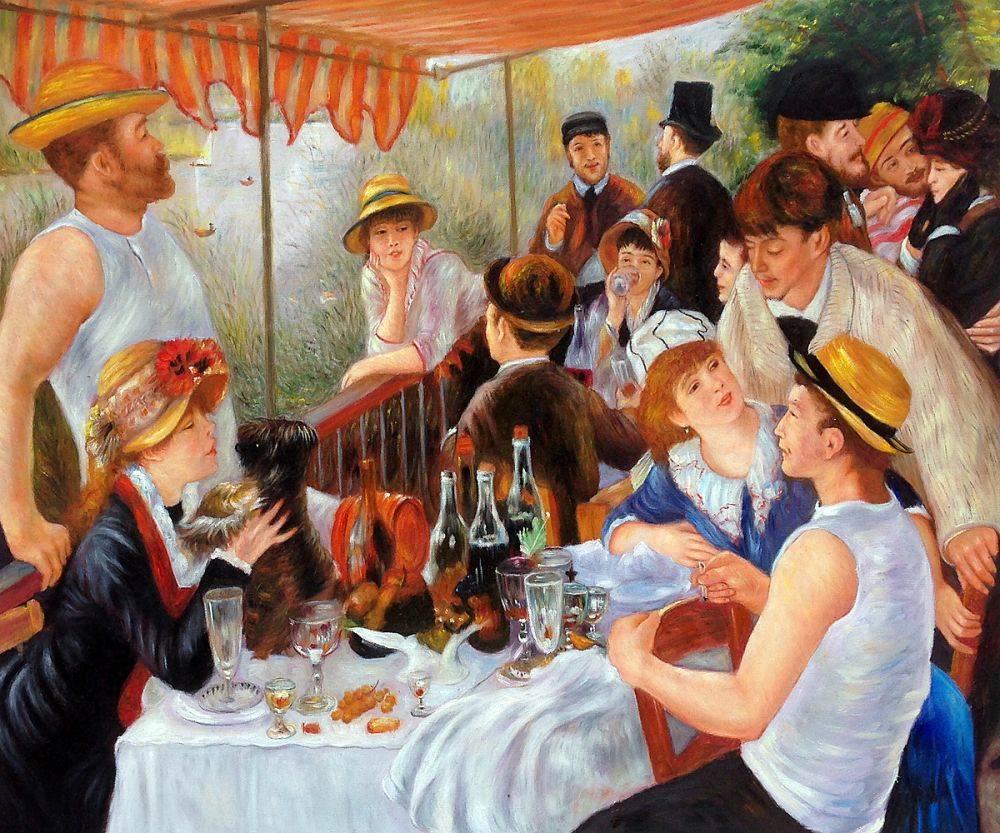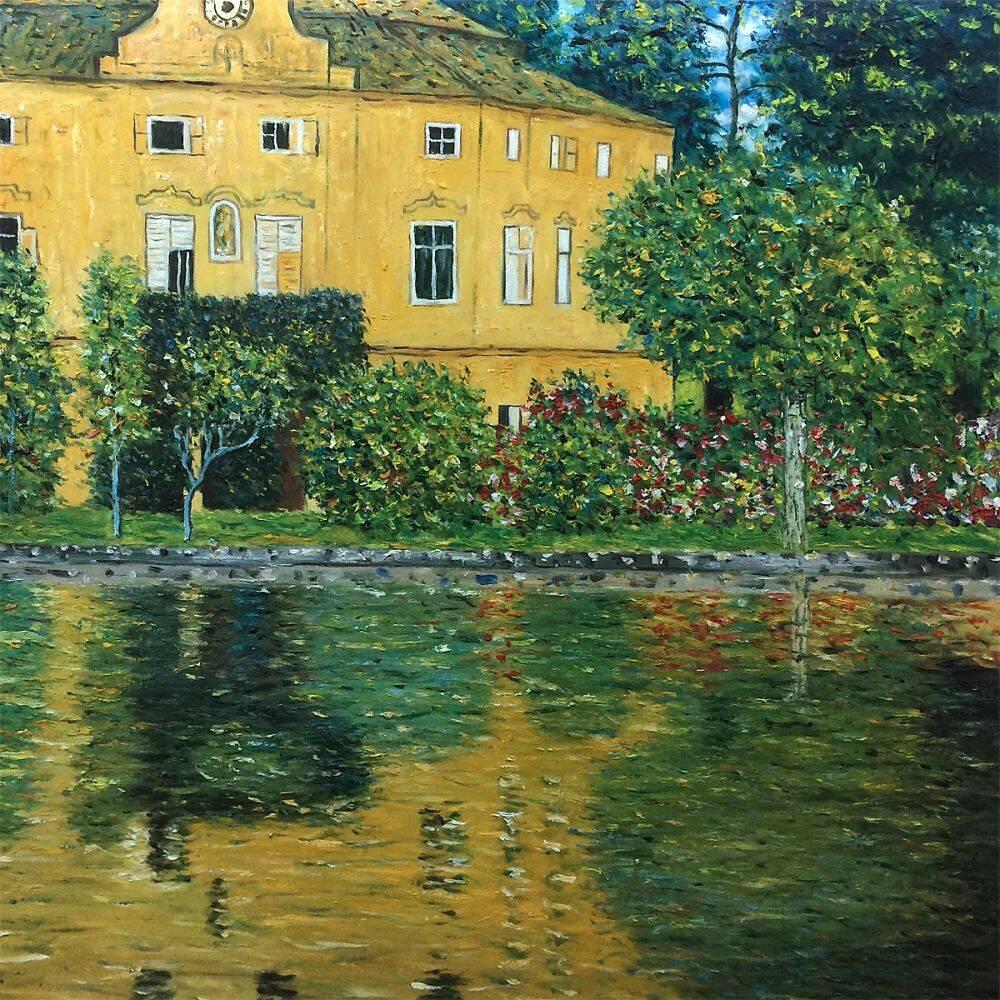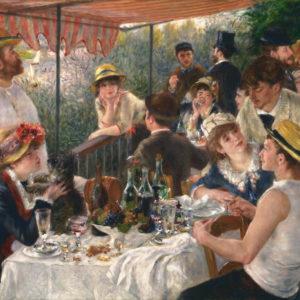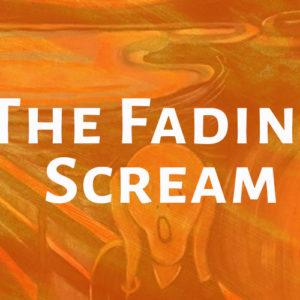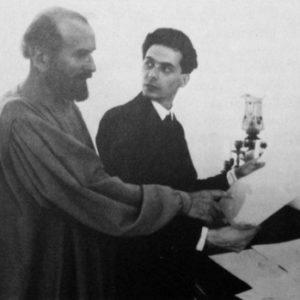Facebook stories
Top ‘Liked’ art posts from facebook Feb 2012
 The following is a collection of the top posts of the week that we’ve shared on our facebook wall. We try and make our facebook posts informative and engaging as we love to hear what our fellow art lovin’ friends have to say about particular artists and their art.
The following is a collection of the top posts of the week that we’ve shared on our facebook wall. We try and make our facebook posts informative and engaging as we love to hear what our fellow art lovin’ friends have to say about particular artists and their art.
So if you have a moment, check out our facebook page and share your passion for art and wall decor with us!
 On Fridays, time often seems to stand still and the end of the workday seems like it will never arrive — a good day to contemplate Salvador Dali’s iconic soft watch images. In “Soft Watch at the Moment of First Explosion” the watch not only oozes, it explodes, a dynamic disintegration prompted in part by Dali’s musings on nuclear physics and atomic weapons.
On Fridays, time often seems to stand still and the end of the workday seems like it will never arrive — a good day to contemplate Salvador Dali’s iconic soft watch images. In “Soft Watch at the Moment of First Explosion” the watch not only oozes, it explodes, a dynamic disintegration prompted in part by Dali’s musings on nuclear physics and atomic weapons.
Dali (1904 – 1989) first introduced his melting watches in “The Persistence of Memory” (1931), and from then on soft watches appear regularly in his work. Ever cryptic, Dalí once described his melting watches as simply the “camembert of time”, but his melting watch images are generally considered to address mortality, the artist’s preoccupation with hard versus soft, and his interest in Einstein’s theory of relativity and its implication that time is not fixed but fluid. Each variation on the soft watch theme offers new elements and new insights into the life and mind of Dali, and endless hours can be spent exploring the rich symbolism he incorporates into his timeless works.
 Vincent Van Gogh’s “Church at Auvers” is undoubtedly beautiful, and it holds our attention other reasons, too: it hints at the artist’s early evangelical aspirations, and it was one of the last paintings completed before his death in July 1890.
Vincent Van Gogh’s “Church at Auvers” is undoubtedly beautiful, and it holds our attention other reasons, too: it hints at the artist’s early evangelical aspirations, and it was one of the last paintings completed before his death in July 1890.
Van Gogh (1853 – 1890) set out to become a pastor in his twenties, but had to abandon this dream after failing several theological examinations. For most of his life he’d been passively artistic—sketching things he found interesting, but not fully committing to art—and he changed his tune while doing missionary work in Belgium. Van Gogh decided to become an artist in God’s service, writing that it was “the real significance of what the great artists, the serious masters, tell us in their masterpieces, that leads to God.” Van Gogh’s relationship with religion became tenuous after his anxiety and mental illness set in; still, he always had an appreciation for the church.
This painting of the church at Auvers-sur-Oise (where Van Gogh lived in the last months of his life), is by his own account done in the style of a previous painting of a church in the Netherlands. The “Church at Auvers” is much more colorful than the painting of the Dutch church, completed in 1885, but Van Gogh’s use of light is the same in each: both structures are backlit in blue, and are brightly lit by the sun, but both churches fail to reflect or emanate light of their own. Van Gogh purposefully painted the churches as dark and empty, as a means of symbolizing the “empty and unenlightened preaching” of some churches.
 Star Dancer, Edgar Degas, c. 1874. Degas, son of a wealthy bank official, was born in Paris, later studying art at his home city’s famous Ecole Des Beaux-Arts. In Italy he later spent five years learning from the work of masters that went before him. Edgar Degas paintings during this period included Russian Dancers, The Rehearsal, The Dance Class and Two Dancers on a Stage.
Star Dancer, Edgar Degas, c. 1874. Degas, son of a wealthy bank official, was born in Paris, later studying art at his home city’s famous Ecole Des Beaux-Arts. In Italy he later spent five years learning from the work of masters that went before him. Edgar Degas paintings during this period included Russian Dancers, The Rehearsal, The Dance Class and Two Dancers on a Stage.
Upon his return to France in 1859, Edgar Degas exhibited these works. He soon joined the ranks of Impressionist painters.
The entertainment world especially intrigued Degas and shows up often in his works throughout his life. Some of his most famous paintings, The Rehearsal, and Two Dancers on Stage, show of his fascination with the beauty and sophistication of ballet.
Edgar Degas preferred painting in an art studio, which was unusual for the Impressionists of that time. He would sketch his subjects where he found them and then later return to his studio to capture them on oil and canvas.
Degas spent a lot of his life studying and admiring Japanese prints and the Japanese tendency toward daring composition and large spots of flat coloring show up in several of his works.In later years of his life Degas turned from oil painting to clay and wax sculpturing and printmaking. The paintings he did produce at this time were pastel. In the 1890’s as he concentrated on printmaking he worked almost solely with female nudes. After serving in the war with Germany for one year in 1870 Edgar Degas began losing his eyesight and his sculpturing came of his inability to decipher paintings and colors enough to create them any longer.
-
 “I am the primitive of the method I have invented.” Paul Cézanne
“I am the primitive of the method I have invented.” Paul Cézanne
Born last week in 1839, French painter Paul Cezanne (d. 1906) introduced a novel visual language of form, perspective, and structure that paved the way for the rise of Modernism in the 20th century. In “Turn in the Road” he uses an organized system of layers to construct a series of horizontal planes, which build dimension and draw the viewer into the landscape.
Generally categorized as a Post-Impressionist, Cézanne’s studies of visual perception, geometric simplification, and experimentation with complex fractured forms kept his style changing throughout his career. His analytical approach to nature and his unique method of building form with color influenced the Cubists, Fauvists, and generations of avant-garde artists. Celebrate the birth of Paul Cézanne – the artist both Matisse and Picasso called “the father of us all”.
 Why not give a more enduring gift this Valentine’s Day, like O’Keeffe’s Red Cannas, c. 1923?
Why not give a more enduring gift this Valentine’s Day, like O’Keeffe’s Red Cannas, c. 1923?
Born in Wisconsin, O’Keeffe first came to the attention of the New York art community in 1916, decades before women had gained access to art training in America’s colleges and universities, and before any of its women artists were well known or highly celebrated.
Within a mere decade, she had distinguished herself as one of America’s most important modern artists, a position she maintained throughout her life.
 Eugène Henri Paul Gauguin was a leader in the French Post-Impressionist movement. Starting his career off in business, Gauguin, after being rejected for the Exposition universalle, decided to create his own exhibition in a Paris cafe just outside the gates of the Exposition, featuring his works and those of his fellow artists.
Eugène Henri Paul Gauguin was a leader in the French Post-Impressionist movement. Starting his career off in business, Gauguin, after being rejected for the Exposition universalle, decided to create his own exhibition in a Paris cafe just outside the gates of the Exposition, featuring his works and those of his fellow artists.
He was also an important figure in the Symbolist movement as a painter, sculptor, print-maker, ceramist, and writer. His legendary and stormy relationship with fellow artist Vincent Van Gogh has stirred speculation that Gauguin cut off Van Gogh’s ear.
Ondine, c. 1889, is one of Gauguin’s most noted works, and one of many that centered around the theme of water.
 Vincent Van Gogh painted many trees during his short career—and among a bevy of cypresses and olive trees, this mulberry tree is a wonderful rarity.
Vincent Van Gogh painted many trees during his short career—and among a bevy of cypresses and olive trees, this mulberry tree is a wonderful rarity.
At his own request, Van Gogh (1853 – 1890) lived in an asylum in Saint-Rémy from 1889-90, and while there, he completed many landscapes featuring trees. Both cypresses and olive trees were plentiful in the region, and he found each compelling for different reasons. Olive trees were representative of Provence, and, according to a letter written to his brother, they presented Van Gogh with a challenge: “They are old silver, sometimes with more blue in them, sometimes greenish, bronzed, fading white above a soil which is yellow, pink, violet tinted orange very difficult.”
After painting several compositions with cypresses, Van Gogh expanded the series at his sister Wil’s request. With these depictions of cypress trees, Van Gogh developed a method of imbuing landscapes with an ethereal tone through the use of thick impasto and swirling strokes. The same frenetic brushstrokes are applied to the mulberry tree here, and they give the viewer a great sense for the movement Van Gogh saw while painting the tree.
 “Color is a power which directly influences the soul.” ― Wassily Kandinsky
“Color is a power which directly influences the soul.” ― Wassily Kandinsky
Credited with painting the first purely abstract works, Russian painter, graphic artist, and art theorist Wassily Kandinsky (1886 – 1944) experimented with a new kind of art which had no literal subject, but was instead an abstraction of colors and shapes. Kandinsky believed that art had a duty to be spiritual in nature and that color went beyond simple visual appeal and could touch the soul itself; for Kandinsky, “Blue” is a calming celestial color, the color of spirituality.
Kandinsky left a career in law to pursue his art, and within a decade had made a name for himself throughout Europe, his non-objective works causing controversy among art critics, the public, and his fellow artists. Kandinsky participated in several of the most influential art movements of the 20th century, including the Blaue Reiter (Blue Rider) and the Bauhaus movements, and his essay “Concerning the Spiritual in Art”, which explains his color theory and views on the nature of art, helped form the philosophic foundation for Abstract Expressionist artists.
 One of his most famous paintings, The Wedding Candles, c. 1945 by Russian artist Marc Chagall shows an exceptional use of color, detail and brush strokes.
One of his most famous paintings, The Wedding Candles, c. 1945 by Russian artist Marc Chagall shows an exceptional use of color, detail and brush strokes.
Chagall was a Jewish painter who was born in Belarus, then part of the Russian Empire. Among the celebrated painters of the 20th century, he is associated with the modern movement. Chagall took inspiration from Belarusian folk-life, and portrayed many Biblical themes reflecting his Jewish heritage.
Chagall’s works fit into several modern art categories, with his work always found itself on the margins of several movements, including including Cubism and Fauvism.
This is it! We hope you will continue to enjoy reading our ArtCorner blog in the new year and come join us on facebook for more artistic discussions!
